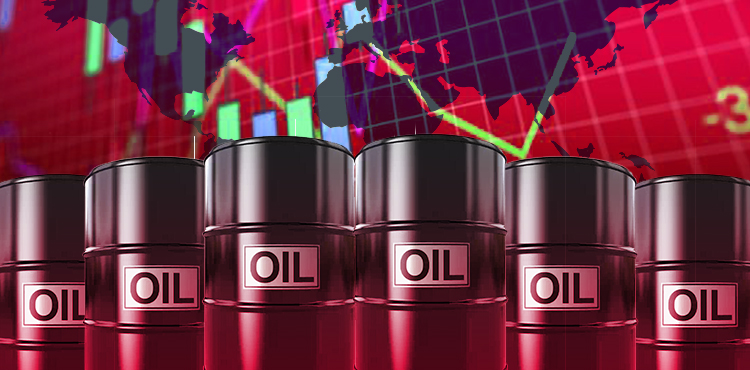Crude oil prices are on a downward trend, dropping below $70 a barrel for the first time in nearly three years in early September, but opinions still differ between production groups and other analysts on future demand outlook.
Falling crude prices are a blessing for consumers at the pump after witnessing skyrocket petrol prices earlier this year when the global benchmark Brent crude broke the $120 level in March this year, the first time since 2012.
As concerns over the US recession return, while demand from the largest oil importer; China, fails to recover amid sluggish economic data, crude prices start to trend downward.
A sharp decline of 45% in price spooked the oil producer alliance led by Saudi Arabia known as OPEC+ to delay its plan to raise oil production for two additional months in hopes to bring up the price. The delay did its job as the price of Brent crude crawled back to $75 in late September, but should not yet satisfy the group.
The recent 2024 World Oil Outlook report by the oil producer group projects a robust 24% surge in global energy demand by 2050. The report anticipates substantial medium-term growth in oil demand, estimating a rise to 112.3 million barrels per day by 2029, an increase of 10.1 million barrels per day from 2023 levels.
However, conflicting perspectives emerge from various energy analysts regarding these forecasts. The International Energy Agency (IEA) notably predicts a plateau in demand towards the end of the decade, settling around 106 million barrels per day. While expecting a continuous global oil demand escalation, the IEA foresees a more moderate increase and foresees demand peaking by the end of the decade.
Meanwhile, S&P Global offers a middle-ground projection, envisioning demand peaking at 109 million barrels per day in 2034 before gradually decreasing to dip below 100 million barrels per day by 2050. In contrast, OPEC presents an ambitious projection of demand soaring to 120 million barrels per day by 2050.
In the near future, OPEC+ plans to reintroduce some production in December, with certain alliance members surpassing their production quotas. Additionally, non-OPEC+ producers such as the U.S., Guyana, Brazil, and Canada are anticipated to augment the market supply.
While consensus exists on declining demand in developing nations, emerging markets like India are set to drive an increase in oil consumption, as acknowledged by all parties involved.


